How Cannabis Can Be Absorbed By Our Body
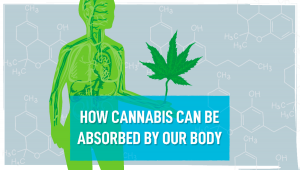
- 1. Intravenous vs extravascular absorption
- 2. Inter and intra-individual variability
- 2. a. Inter-individual variability
- 2. b. Intra-individual variability
- 3. Absorption via inhalation
- 4. Absorption via oral route
- 5. Absorption via oromucosal and sublingual route
- 6. Absorption through the skin
- 7. In conclusion
As you may know, there are several ways of consuming cannabis such as via inhalation, via oral route, via oromucosal route, and through the skin but the compounds responsible for getting you high will only take effect once they’re in your bloodstream, this means that depending on how you consume cannabis, the effect may be stronger or take longer for you to feel it. Read along if you're interested in knowing the difference between the multiple cannabis consumption methods and how the cannabinoids are absorbed.
1. Intravenous vs Extravascular Absorption
Having a weed brownie in your mouth may seem like the compounds are in your body but for it to take effect, the compounds need to enter the bloodstream first, and only then it’s considered to be absorbed. This means that absorption refers to the rate and degree to which substances like CBD and THC enter the bloodstream. There are several ways for THC and CBD to enter your bloodstream that you may or may not know about, the different consumption methods are called administration methods and they can be:
- Intravenous (administered directly into the veins);
- Extravascular (administered outside of the veins).
Intravenous consumption refers to when the compounds are administered directly into the veins, such as in injection for example; This consumption method is only used in scientific research to administer an accurate dose and we do not recommend this consumption method at all. On the other hand, extravascular consumption refers to any consumption method that occurs outside of the veins such as smoking joint, consuming edibles, or using a topical cream, which are the most common methods used by cannabis consumers.
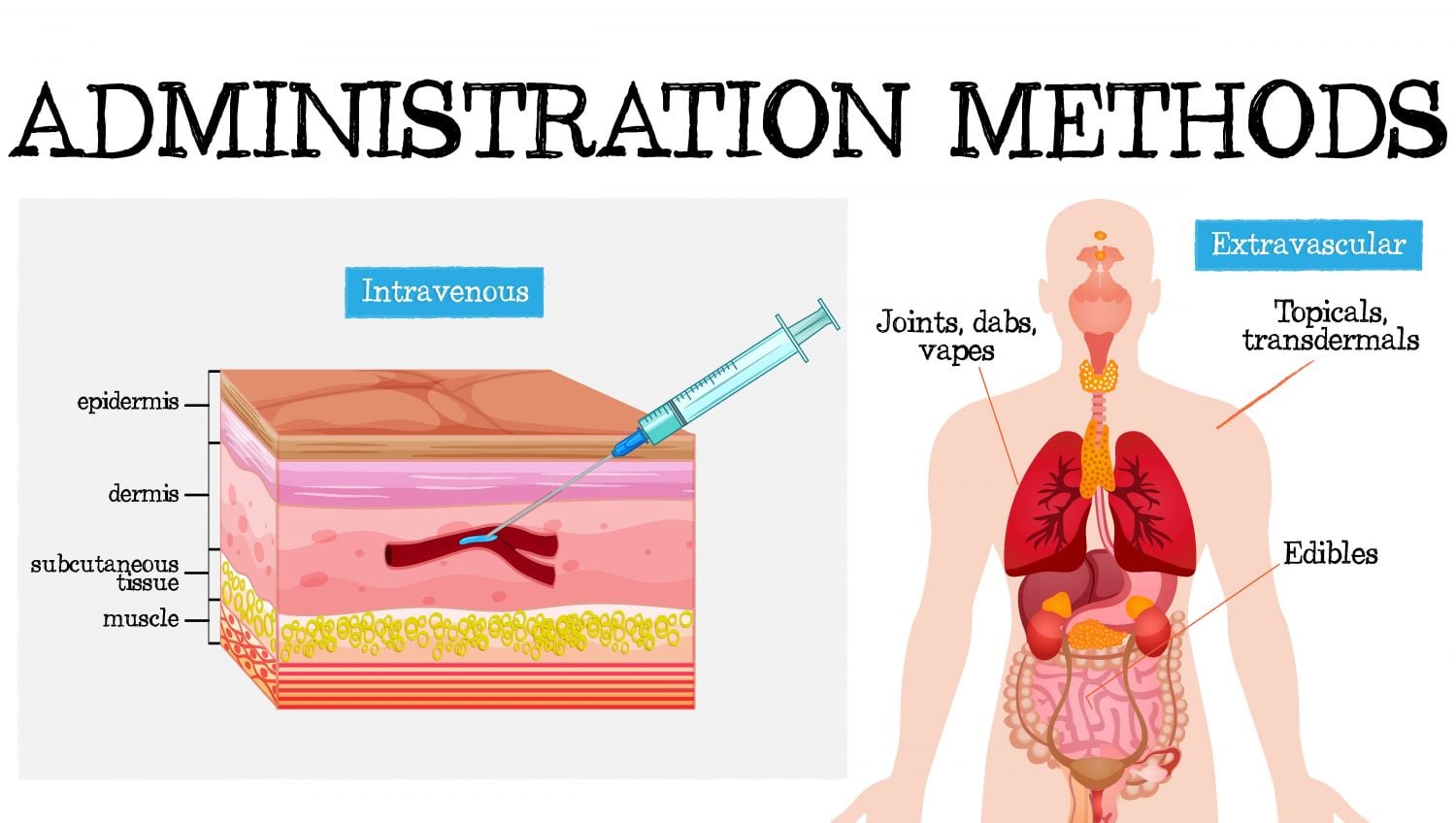
All consumption methods, either intravenous or extravascular, have their advantages and disadvantages, and it’s vital you know more about each one of them to not only understand their effectiveness but also to consume cannabis in a safe way. For example, THC is almost absorbed within minutes after smoking a joint while an edible can take one hour or more to take effect and this can lead to a bad experience so read along to learn more about how cannabis is absorbed and avoid having a bad time.
2. Inter and Intra-individual Variability
Apart from the differences between the different consumption methods, the absorption of THC, CBD, and other cannabinoids depends on several factors that can influence the effect you get, resulting in a slightly or completely different effect even if you’re consuming the same amount of cannabinoids or the same product. Now, for most recreational consumers getting the same effect every time is not very important but for medical consumers that need to treat a certain chronic disorder it’s essential but it may be hard to get the exact same effect every time you consume cannabis because the effect can be influenced by:
- Cannabinoids consumed;
- Administration method;
- Dose;
- If it’s consumed with food or other substances;
- And a person’s individual characteristics.
This happens because each person responds differently to a certain substance, so to better understand why this happens, it’s essential you understand what Inter and Intra-individual variability are.
Inter-individual Variability
Inter-individual variability is the difference in the effects between individuals, meaning that the same dose of the same product or substance might work for you but might be toxic or not have the same effect on another person. Inter-individual variability does not only apply to the effect but also to the effectiveness, safety, and tolerance of a certain substance.
| Factors that contribute to Inter-individual variability | ||
|---|---|---|
| Age | Weight | Diet |
| Gender | Disease States | Exposure to chemicals in the environment |
All of these factors among others contribute to inter-individual variability because:
Age
As you get older your body changes, including your brain. Studies have shown that, for example, the volume, thickness, and white matter in your frontal lobe changes as you age which can cause the effect of a certain substance to vary.
Gender
Studies have recently discovered that there are gender-based differences in the effects you may experience when consuming cannabis. The gonadal hormones play a crucial role in this but it’s also due to the difference in muscle mass and fat tissue distribution between females and males.
Weight
Your weight also plays an important role when talking about inter-individual variability because cannabis may affect you differently depending on how much you weigh, and the muscle mass and fat tissue ratio.
Disease States
Diseases affect inter-individual variability because some diseases may affect your blood, brain, lungs, or any other organ related to how cannabis is absorbed. So for example, if you’re anemic then you have less blood than someone who is not, resulting in a higher cannabinoid percentage in your blood.
Exposure to chemicals
Chemicals can enter the environment from many sources and once they’ve entered the environment, they can move through air, soil and water so if you come in contact with them the effects you experience may actually be different than the effects experienced by someone who hasn’t been exposed to said chemicals.
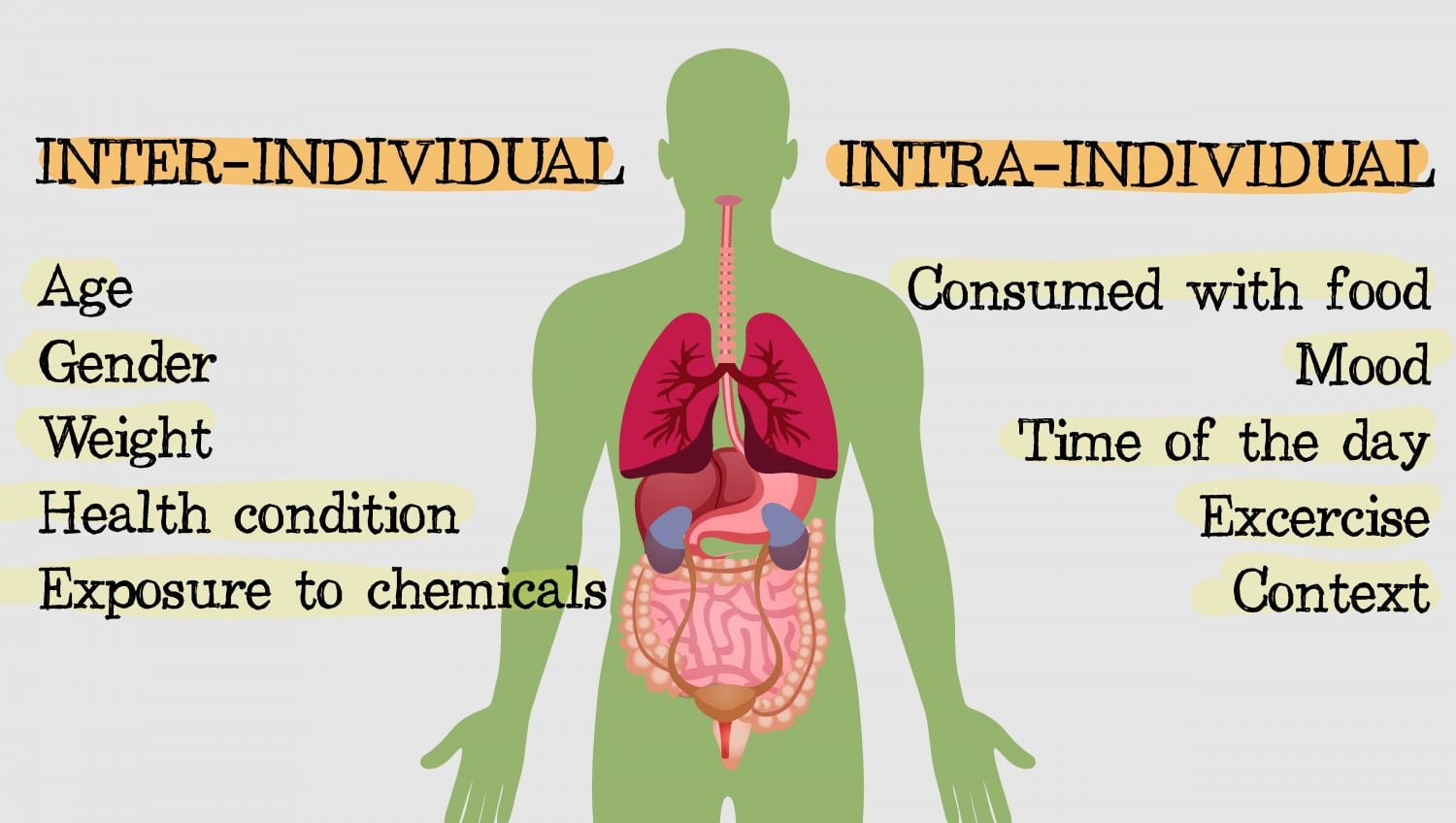
Intra-individual Variability
Intra-individual variability refers to the different effects that the same person may experience when taking the same dose of the same substance. This happens because the same substance might not have the same exact effect depending on several factors such as:
| Factors that contribute to Intra-individual variability | |
|---|---|
| Consumed with food or not | Time of the day |
| Your mood | If you have exercised or not |
All of these factors among others contribute to inter-individual variability because:
Consumed with food or not
Consuming cannabis with or without food can affect the effect you experience because, as you may know by now, eating after smoking may actually cancel out some of the effects. This means that the amount of sugar and fat in the food you eat can contribute to intra-individual variability.
Your mood
Your mood also contributes to intra-individual variability because cannabis amplifies your state of mind, meaning that, for example, if you’re happy and consume cannabis you will feel happier or have no side effects but if you’re sad you may actually feel sadder and end up having a bad experience.
Time of the day
The time of the day also affects the effect you feel because, for example, if you consume cannabis in the morning you’re probably well-rested and may feel more energetic when compared to consuming at night when you’re probably tired which tends to make you go to sleep or deeply relax your whole body.
If you have exercised or not
Exercise can also affect the effects you feel after consuming cannabis because exercise helps your cardiovascular system work more efficiently which can cause the cannabinoids to reach the cannabinoid receptors faster.
Inter and intra-individual variability may not seem very important but are vital for you to understand why the effects vary from person to person, allowing you to better consume cannabis. Now, the effect may vary according to the administration method (intravenous or extravascular) and the inter and intra-individual variability but there’s one more variable. Depending on how you actually consume cannabis, for example smoking a joint or eating a weed cookie, the cannabinoids will be absorbed in a different way and this can also add to how the effects can vary.
As you may know, edibles are usually stronger than smoking a joint but take longer to take effect because the edible needs to be digested and only then the compounds travel to the liver where they enter the bloodstream and this happens to all the absorption methods because, despite all of them getting you high, each one works in a slightly different way so here is all the information you need on the different absorption routes.
3. Absorption Via Inhalation
Absorption via inhalation refers to the absorption via the lungs, when inhaled, cannabis compounds such as THC and CBD can be detected in the blood within the first couple of minutes and the effects are usually felt within the first 10 minutes. This type of absorption has basically two different forms: Smoking and Vaporizing.
Smoking
Smoking is the most common cannabis administration method and provides the effects very fast due to the rapid delivery of the cannabis compounds from the lungs to the cannabinoid receptors. Now, the bioavailability of cannabinoids after smoking is estimated to be between 2% and 56%, averaging at about 30% but can vary according to the factor mentioned in inter and intra-individual variability and the inhalation volume, duration, and spacing of each puff.
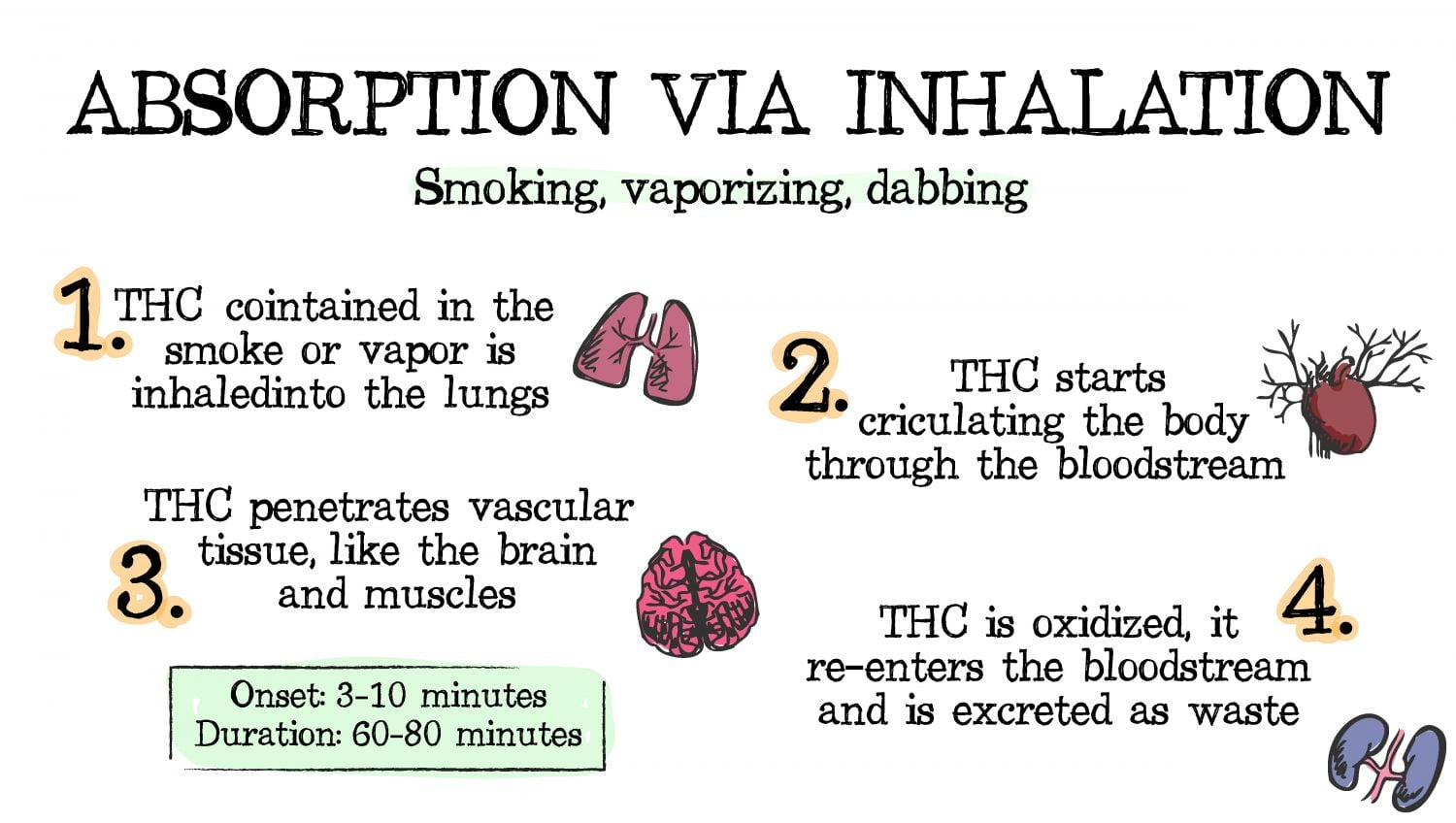
Vaporizing
When vaporizing, the cannabinoids are absorbed in the same way as when smoking: The cannabinoids enter your bloodstream through the lungs, the bioavailability range is the same as when smoking but is usually on the higher side, averaging at about 35-50%.
4. Absorption Via Oral Route
Absorption via the oral route refers to edibles or any type of oral administration where the product is swallowed through the mouth, gets to the digestive system, and is then absorbed in the small intestine. Once it reaches the intestine, the compounds make their way to the liver and enter your blood. It’s believed that a small part of the compounds is also absorbed in your mouth while chewing the edible, for example, but there isn’t much information about this at the moment. Due to taking longer to be absorbed because it has to travel from your mouth to the small intestine, it takes much longer for you to feel the effect when compared to inhalation, taking around 30-60 minutes to be detected in your blood and up to 2 hrs for you to feel the effect.
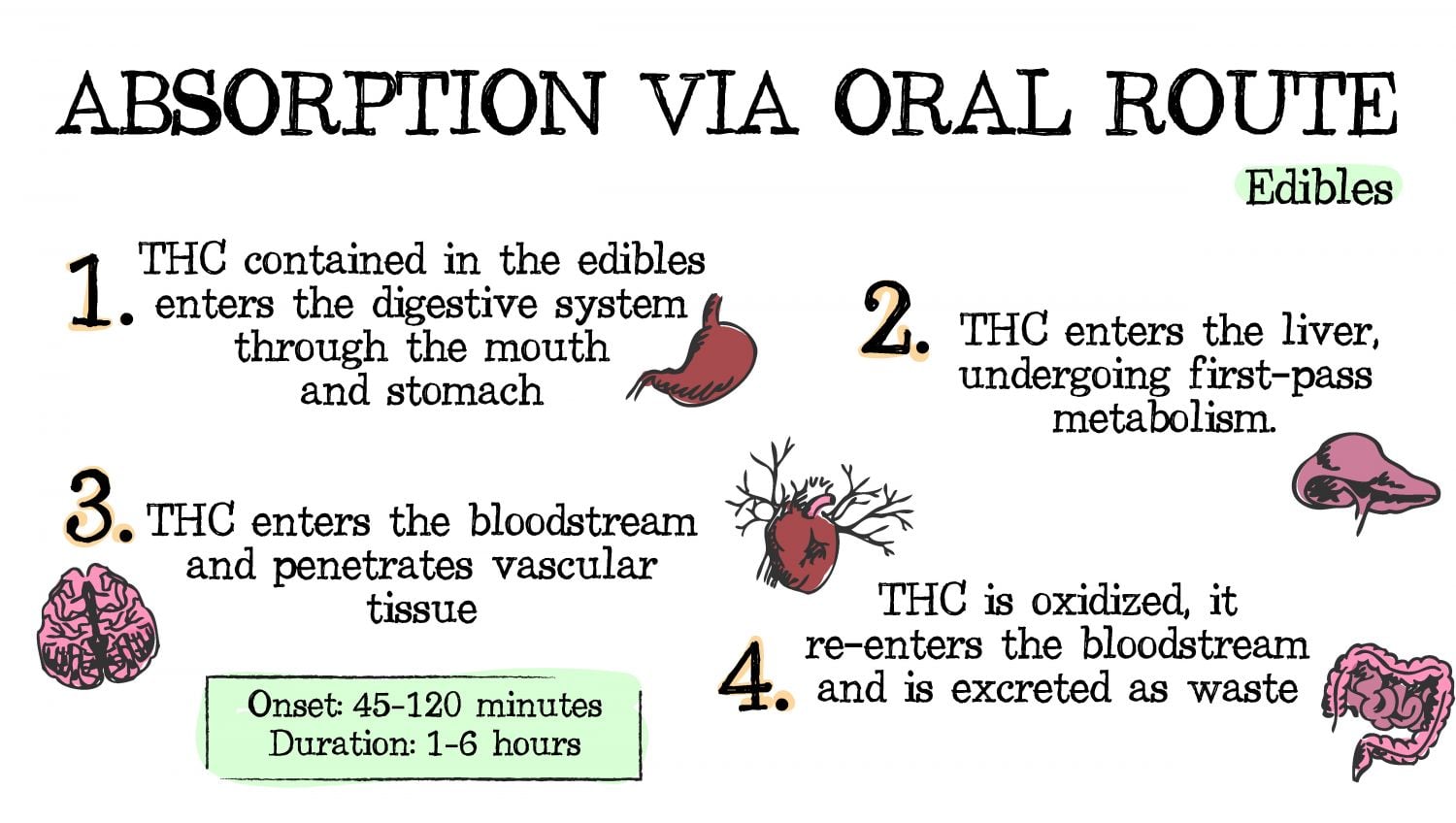
Also, edibles provide a much stronger effect because the liver not only transform THC to Delta-9-THC but also to 11-OH-THC which is a much stronger cannabinoid that can bind more easily to the cannabinoid receptors so if you haven’t consumed edibles before, it’s recommended to take it easy to avoid having a bad time. Unlike other administration methods, the bioavailability of cannabinoids through the oral route is around 10-20%, this means that out of all the cannabinoids in a weed cookie, your body will only absorb an average of 15% but it actually compensates the low bioavailability rate due to converting THC to 11-OH-THC and Delta-9-THC, unlike other consumption methods which only transforms THC to Delta-9-THC.
5. Absorption Via Oromucosal and Sublingual Route
Absorption via oromucosal or sublingual route refers to cannabis products that are absorbed by the tongue or skin in your mouth such as gums and insides of your cheeks, not to be confused with oral administration where the absorption occurs in the small intestine after the product has been swallowed.
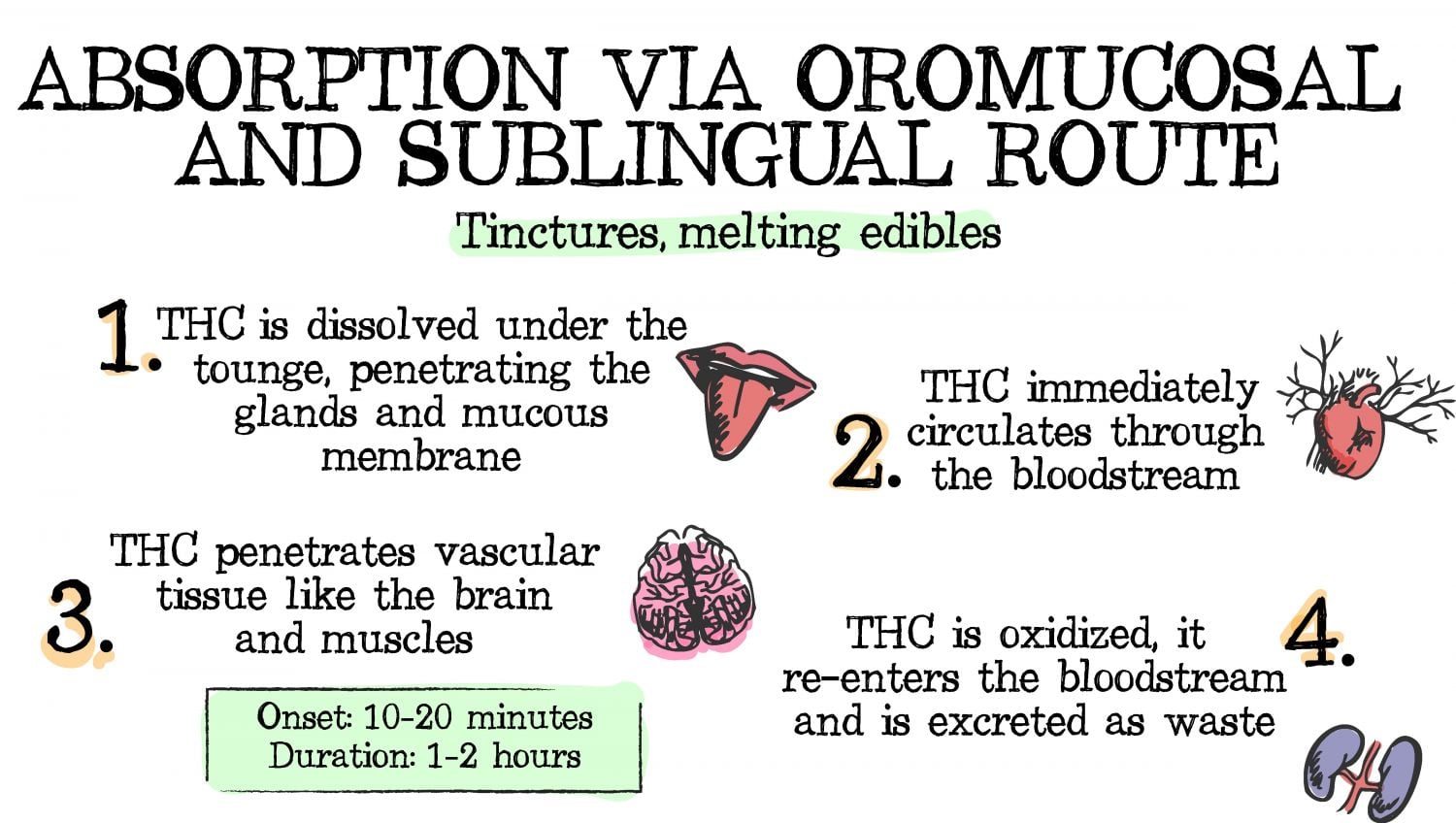
The potency, duration and effect will be slightly different when consuming cannabinoids via oromucosal or sublingual route because both of these methods have fast and more efficient absorption which happens within a few minutes or even seconds after consuming the cannabinoids, unlike edibles which can take hours for you to feel the effect; But despite the fast-acting effect, these administration methods have a bioavailability rate that can range between 3-19%, averaging at around 6% which is quite low when compared to other administration methods.
6. Absorption Through the Skin
Cannabinoid absorption through the skin can happen in two ways, now, both of them are actually absorbed through the skin but they work slightly differently. These two absorption methods are Transdermal and Topical absorption.
Transdermal Absorption
The transdermal administration method is an easier way of consuming cannabis for those who cannot (or don’t want to) smoke or eat cannabis; Due to penetrating the skin, the cannabinoids can reach the bloodstream without having to be metabolized first (processed by an organ) which allows you to feel the effects much faster, taking effect in less than 10 minutes.
The downside is that cannabinoids are lipophilic, meaning that they dissolve much faster in fats, so if no penetration enhancer is applied, the bioavailability rate can be as low as 5% but when using a penetration enhancer, voltage pulses or ultrasound, can range between 34-46%.
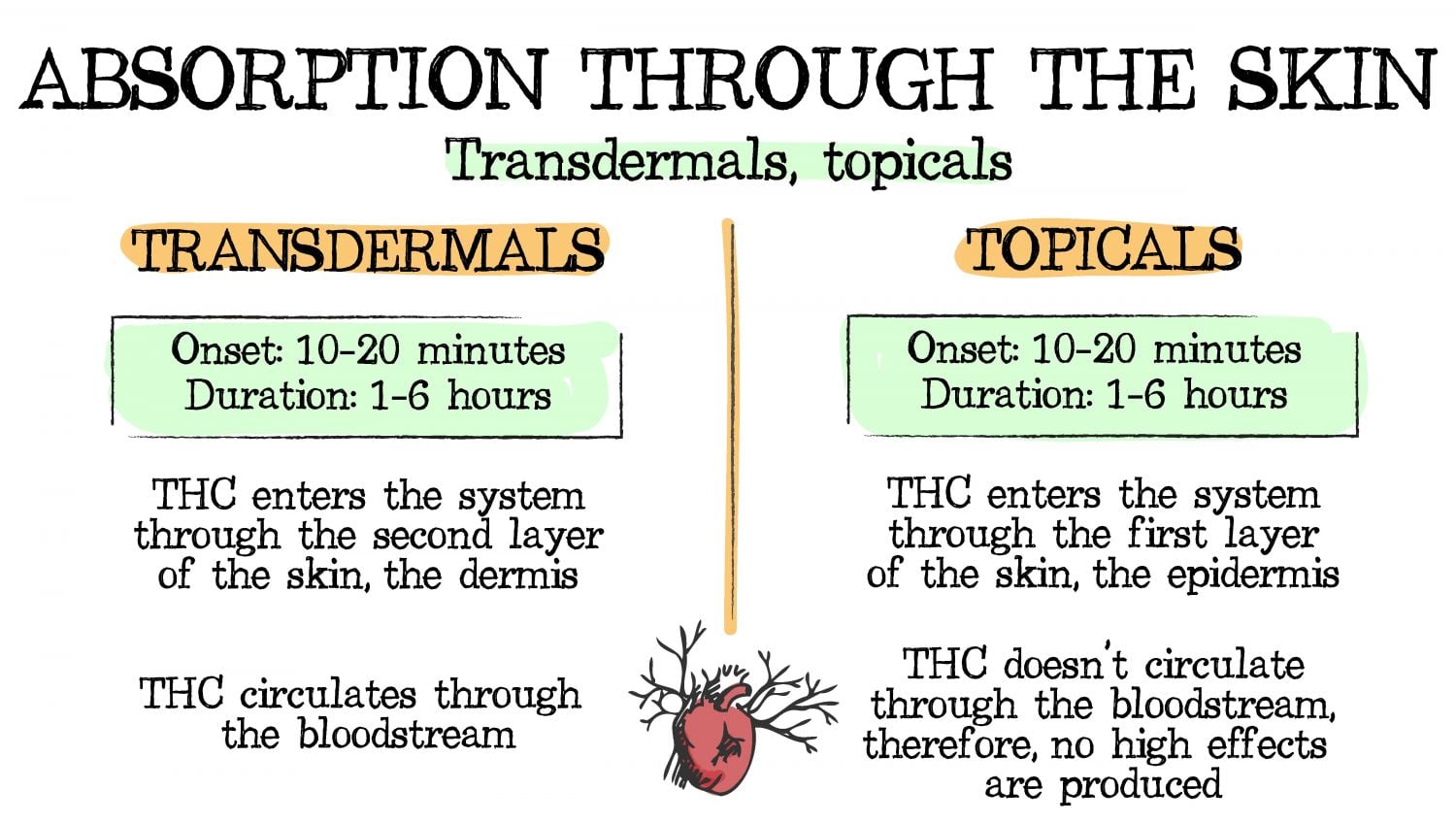
This happens because penetration enhancers, voltage pulses, and ultrasound increase penetration and absorption by helping the cannabinoids interact with the skin’s lipids (fat), allowing your body to absorb more cannabinoids than it would without extra help.
Topical Absorption
Topical absorption works in a similar way as transdermal absorption but with this administration method, the cannabinoids do not penetrate deep and cannot reach your bloodstream so they have a low bioavailability rate, usually averaging at about 13%.
This administration method is most commonly used to treat symptoms in a certain part of your body because the cannabinoids do not reach layers below your skin, meaning that the cannabinoids will only bind to the cannabinoid receptors surrounding the area where you applied the topical product, unlike smoking cannabis, for example, where the lungs are responsible for absorbing the cannabinoids but you can feel the effect throughout your whole body.
Now that you know more about the different administration methods and cannabinoid bioavailability, you can try different methods and better adjust your cannabis consumption based on why you consume cannabis, provides a better effect and what works better for you. Remember that this article was written to give you more information on the different ways you can consume cannabis but you should always talk to your doctor if you’re a medical patient and want to try new administration methods.
7. In Conclusion
Different absorption methods have their own advantages and disadvantages but it’s impossible to say which one is the best because it will depend on why you’re consuming cannabis; Recreational users usually prefer smoking a joint but medical patients that use it to treat disorders often cannot smoke or consume edibles due to their conditions so this blog will help you choose the best administration method for you. Just have in mind that if you’re a medical cannabis patient you should always talk to your doctor first because, as mentioned in the text, what works for you might not work for your friend or relative, so it’s super important to have a professional guide you and help you decide what works better in your case.
External References
- How important are sex differences in cannabinoid action? - Liana F. and Walter F.
- A Systematic Review on the Pharmacokinetics of Cannabidiol in Humans - Sophie A. M., Nicole L. S., Andrew S. Y. and Saoirse E. O.
- Pharmacokinetics and metabolism of delta 1-tetrahydrocannabinol and other cannabinoids with emphasis on man - S. Agurell, M. Halldin, J. E. Lindgren, A. Ohlsson, M. Widman, H. Gillespie, L. Hollister










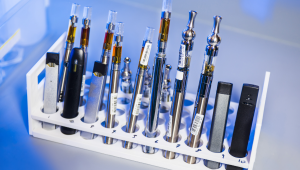
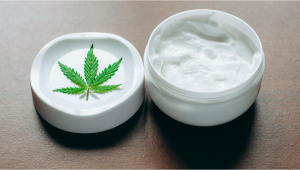


Comments